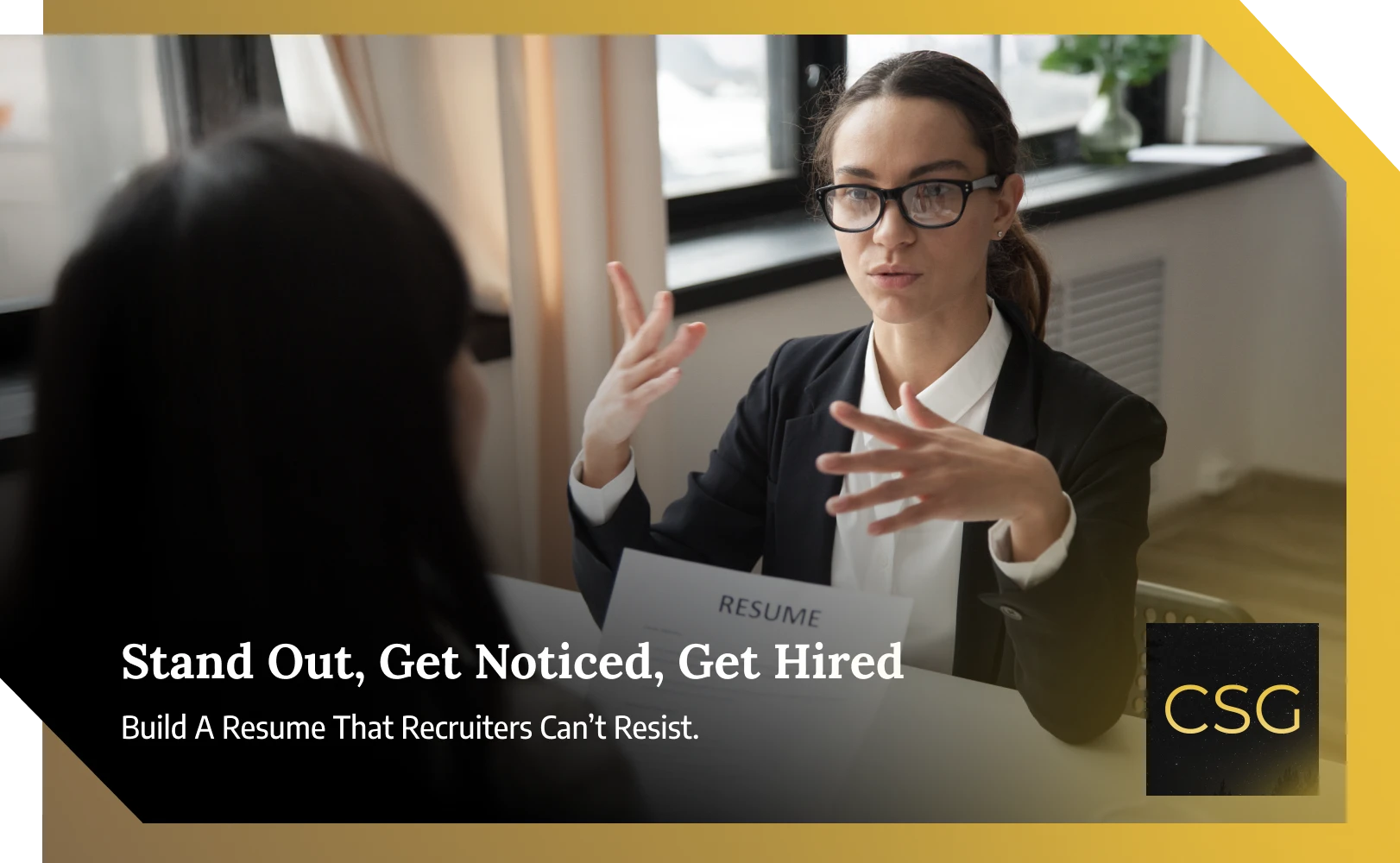Have you ever gotten your application rejected before an interview or even after several rounds of one on one interviews? Well, that could happen due to numerous reasons, and the most common one is not standing out in a pool of talents applying for the same position.
Now, how do you stand out from the crowd? That’s exactly what we’re going to decode in today’s blog.
1. Writing A Cover Letter.
Even though a cover letter sounds so last year, it always has a lasting impact in the eyes of a recruiter. If you want to stand out in the eyes of a recruiter, the first step is to create a compelling and tailored cover letter for the job role you’re applying for. Make sure to include the following points while writing a cover letter.
- Your contact information.
- A salutation.
- An opening paragraph introducing yourself.
- Your second paragraph should include your professional experience and how well you might fit in with the role you’re applying for.
- In the last paragraph, sum up your cover letter by talking briefly about your professional goals and objectives.
- Once you have gathered all the above information, this is how your cover letter should be formatted.
2. Build A Flawless Resume.
While applying for a job, you are first introduced to the recruiter by your resume itself. It is your face, and your first impression. Hence, to create a positive and lasting impression, you need to make sure your resume is flawless. The question might arise as to how to draft a resume that will fit all the job requirements you’re looking to apply and most importantly, get selected.
There are numerous ways you could draft your resume, one of which the most common method these days is to use AI to help you write your resume. There are many websites dedicated to create flawless resumes like:
- Teal for tracking multiple job applications
- Enhancv for building with an AI assistant
- Kickresume for generating a resume from scratch
- Resume Worded for leveraging your LinkedIn profile
- ResumeNerd for adapting your resume as you browse jobs.
However, always adding a final human touch to your resume is beneficial, as it conveys your personal investment in securing the position. And who doesn’t like to see a hint of human touch?
Apart from integrating AI in your resume, here are the following basic steps you should follow while drafting your resume.
1. Choose the Right Resume Format
Pick a format that highlights your strengths:
- Reverse-chronological – Ideal for those with a solid work history.
- Functional – Focuses on skills; good for career changers or gaps in employment.
- Combination – Blends both; useful for technical roles or senior positions.
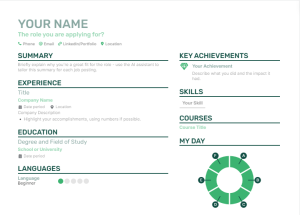
2. Start with a Strong Header
Include:
- Full Name
- Phone Number
- Professional Email
- LinkedIn URL (optional but recommended)
- Portfolio or website (if relevant)
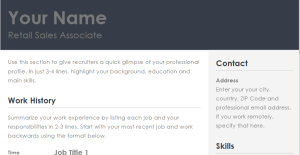
3. Write a Compelling Summary or Objective
Tailor this to the job you’re applying for:
- Summary: For experienced professionals (e.g., “Marketing manager with 7+ years of experience…”).
- Objective: For entry-level or career changers (e.g., “Recent graduate seeking to apply…”).
Tip: Be concise (2–3 sentences) and show your value.
4. Highlight Your Work Experience
Use this format:
Job Title – Company Name, Location
Month/Year – Month/Year
- Use action verbs: Led, Created, Improved, Analyzed
- Quantify achievements: “Increased sales by 25% in 6 months”
- Focus on accomplishments, not just duties
Use bullet points (3–6 per job) and start with the most recent job.
5. Showcase Your Education
Include:
- Degree
- Institution
- Graduation Year (optional if >10 years ago)
- GPA (if 3.5+ or early in your career)
Bonus: List academic honors, relevant coursework, or projects
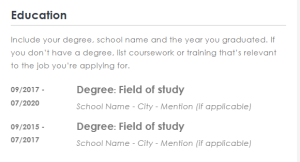
6. Emphasize Skills
Include a mix of:
- Hard skills (e.g., Excel, Python, SEO)
- Soft skills (e.g., leadership, communication)
Tailor this section to keywords in the job posting.
7. Add Optional Sections
These boost your resume if space and relevance allow:
- Certifications
- Languages
- Projects
- Publications
- Volunteer Experience
- Awards & Honors
8. Tailor for Each Job
Customize your resume by:
- Using keywords from the job posting
- Emphasizing relevant experience and skills
- Matching tone and industry jargon
9. Design & Formatting Tips
- One page (2 max for experienced professionals)
- Use clean fonts (e.g., Calibri, Arial, Times New Roman)
- Font size: 10–12pt; Headings: 14–16pt
- Margins: 0.5–1 inch
- Use bold for job titles/company names, italics for locations/dates
- Save and submit as PDF, unless otherwise instructed
10. Proofread & Test
- Use grammar tools (like Grammarly)
- Read aloud to catch awkward phrases
- Ask a friend or mentor to review
- Test readability on different devices
Once you follow all the above requirements, your resume should look something like this.
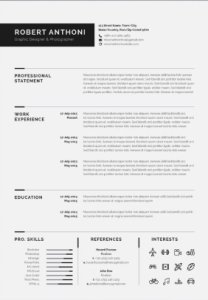
If you’re looking for websites that’ll help you build customized resumes, or if you need a templated resume,, you can check websites like, Zety, Resume.io, EnhanceCV and more.
Landing your dream job isn’t just about having the right qualifications—it’s about how effectively you present yourself. In a competitive job market, standing out requires more than simply submitting a generic application. A thoughtfully written cover letter and a flawlessly crafted resume are your best tools for making a strong first impression. By tailoring each application, leveraging both AI tools and a personal touch, and showcasing your strengths clearly and confidently, you give yourself a significant edge over the competition. So take the time, put in the effort, and let your application speak volumes about the professional you are.

